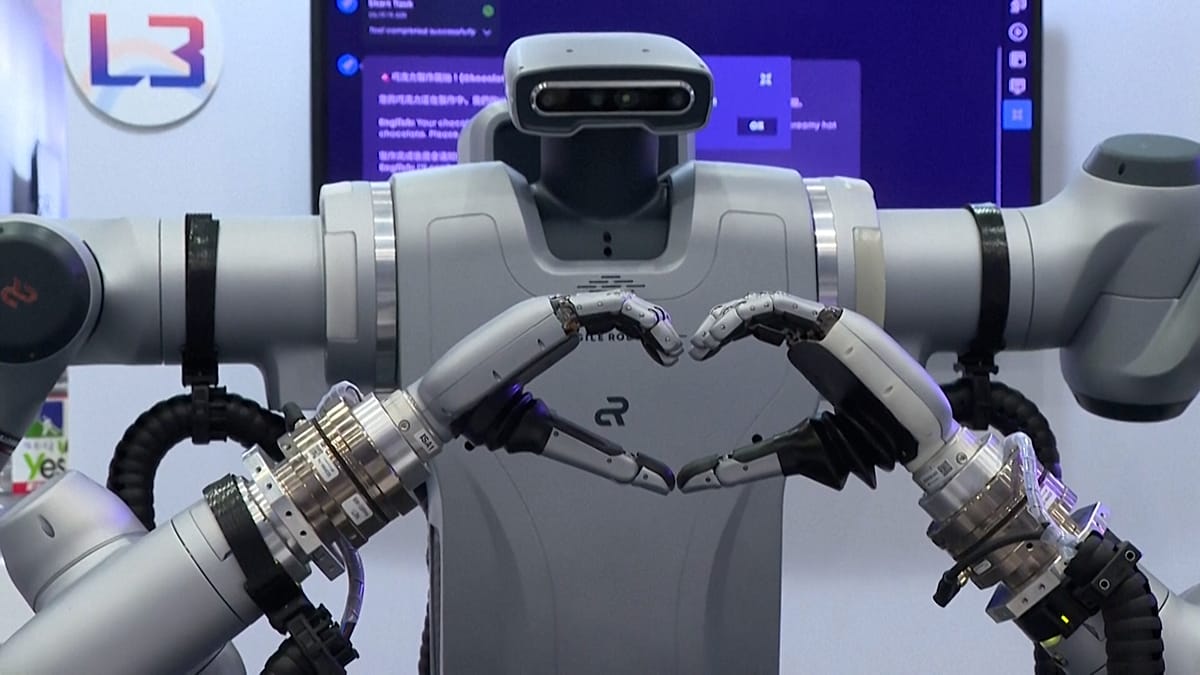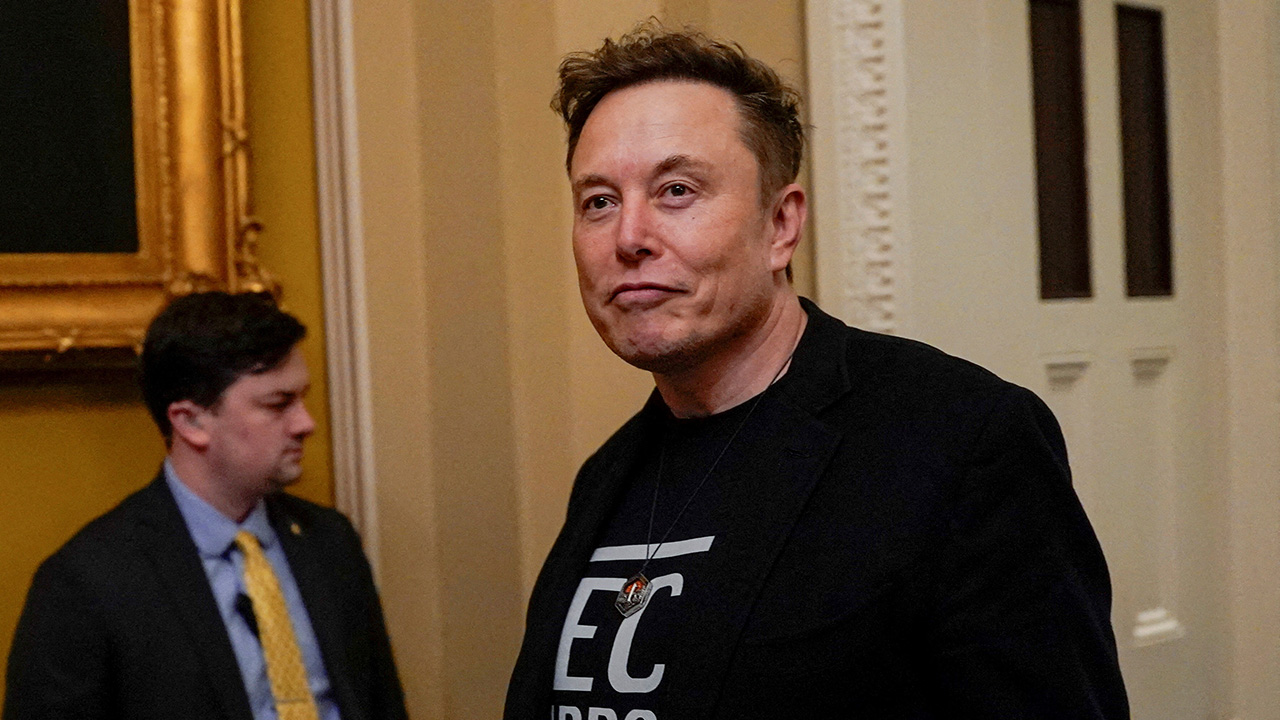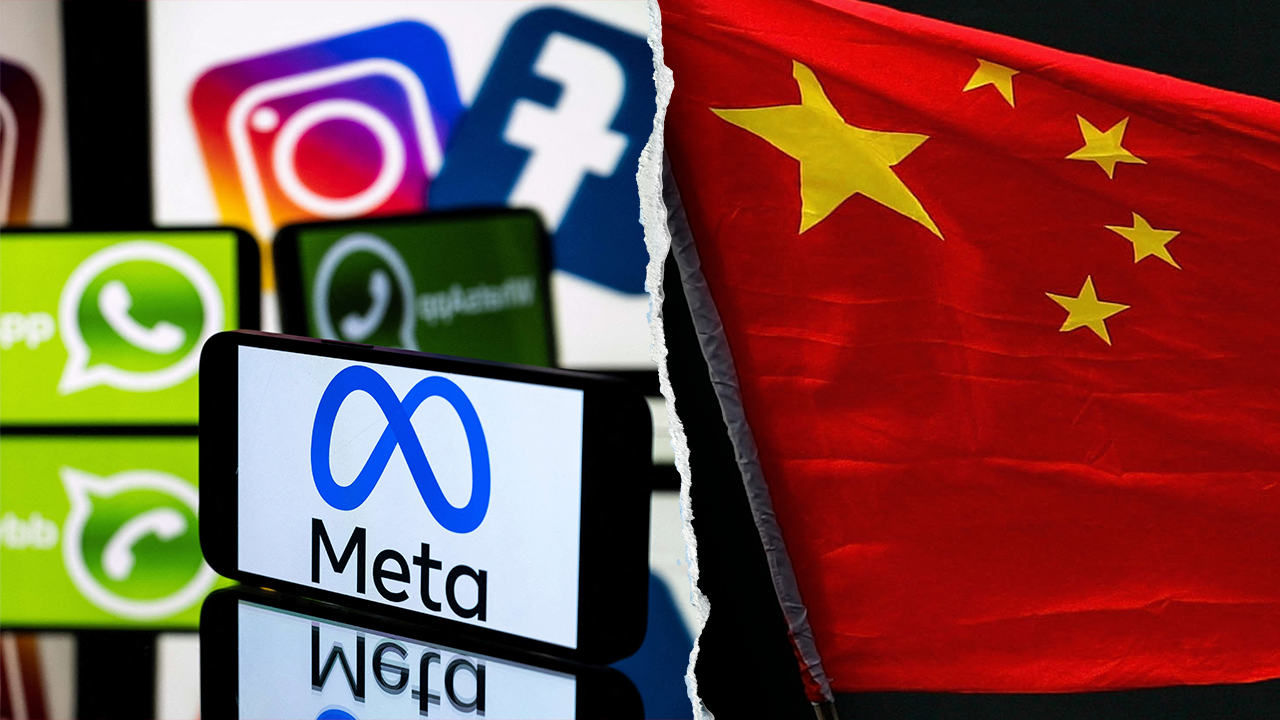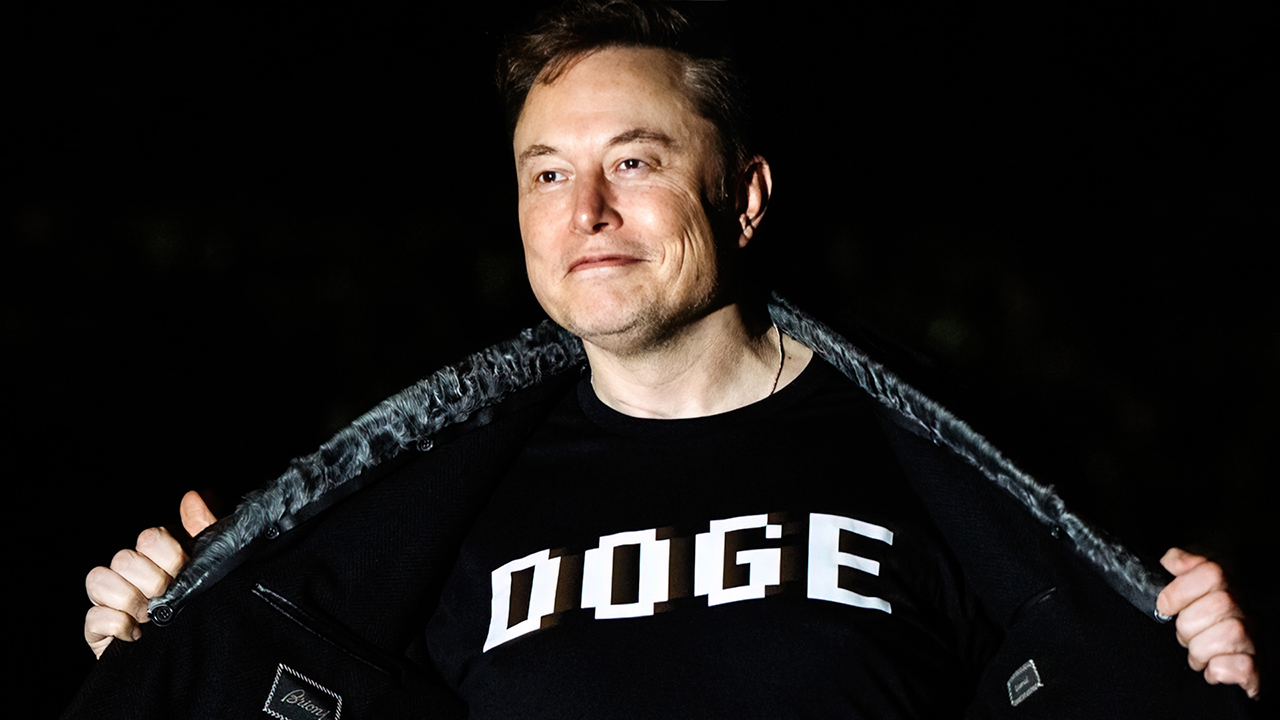Neil Patel on Authentic Branding, Smarter AI Strategy & What Really Drives Marketing Success


 As one of the world’s most influential business speakers, Neil Patel has helped global companies—from startups to Fortune 500 giants—transform their digital presence through data-led strategies, content innovation, and relentless execution.
As one of the world’s most influential business speakers, Neil Patel has helped global companies—from startups to Fortune 500 giants—transform their digital presence through data-led strategies, content innovation, and relentless execution.
Co-founder of NP Digital, Neil has been recognised by Forbes, The Wall Street Journal, and the UN for his groundbreaking work in digital marketing.
In this exclusive interview with The Champions Speakers Agency, Neil shares how businesses can build standout brands using the “rule of seven,” why quality content will always beat quantity, and how smart leaders are using AI not just for creation—but for optimising performance where it matters most.
Q: In a digital landscape saturated with content, what’s your strategic advice for leaders seeking to build a truly authentic and impactful brand today?
Neil Patel: The best way to build a brand is leveraging the rule of seven. When someone sees or interacts with your brand seven plus times, they are much more likely to buy your product or service and evangelise it.
And the way you do that is, you create amazing content consistently and you publish it on the web. Attention’s everywhere—from YouTube to Google to Facebook, the list goes on and on.
You’ve got to be on all the platforms. You’ve got to create amazing quality content.
When I say quality content, don’t post the same stuff everyone else is. Even if they got a million likes, it doesn’t matter. Posting something similar to them is not going to do as well, because people already saw it.
You’ve got to figure out what’s new—things that you can post on that other people haven’t seen.
Now you’re probably wondering, “Hey, how do I do this as an organisation? Because this is going to take a lot of time and cost a lot of money.” Not necessarily.
See, most social networks—when you publish content on them, and if it’s terrible content, it won’t do well in the algorithms.
The algorithms learn that, hey, your audience doesn’t like your content. So then when you start posting better content in the future, they just don’t show it to most of your followers, because they’re trained to know that your followers don’t engage with your content based on past history.
So the key is not posting crap content—it’s posting only quality content.
The way you do this is, you leverage X as a platform first. So, you go on X, you test out your ideas. You can just post text blurbs, quotes, whatever ideas you have, and test them out in quantity.
Because X’s algorithm works very different than most social platforms. If you post crap on X one day, great things the next day, they don’t penalise you for your past content.
They evaluate each one separately, and they don’t really use your history to determine how your future content should do.
So, you test what’s— you test a lot of your ideas on X, you see what’s working on X, you take your winners, you develop them, and then you post them on the rest of the networks.
That way, you save time and money, and you get your brand out there in a much more effective way.
Q: With AI becoming increasingly embedded in marketing workflows, where do you see the real ROI—beyond just content creation?
Neil Patel: Quicker advancements in AI are causing digital marketing to become more efficient. So, if you look at more of the mundane tasks, right, they’re getting automated. But what we’re seeing is, when we ask marketers how they’re using AI, most of them use it for creating content. And when you look at the value from that, it’s not that high.
We did a study with 68 websites. We created 744 articles on those 68 websites—half AI written, half human written. After a five-month period, the human written content got 5.44 times more organic traffic from Google.
When you look at it from a minute spent to how many visitors generated, because AI-created content is much faster to produce, the human written content, even though it took more time, was still generating more visitors per minute spent than the AI content. In other words, the human written content was producing better results, even from an efficiency standpoint.
The problem, though, with humans is you can’t necessarily do things as fast as AI. And although humans—or marketers—focus on content generation with AI, the real opportunity is in areas like data and analytics.
For example, if you ask anyone within an organisation how often they look at analytics, a lot of people are like, “Yeah, we look at it on a weekly basis or daily basis.” Then go look at actually how many changes they’re making based on the data that they’re seeing—most people don’t even make changes.
But depending what source you’re taking information from, they say the amount of money on wasted ad spend is between 60 and 100 billion a year. That’s just ad spend. Now imagine how many inefficient hours are being spent on marketing within an organisation.
AI can help you analyse your data much faster and give you insights on what’s working and what’s not. So, then you can start making adjustments much quicker to, A, save you money and, B, save you cost by your team members wasting their time on inefficient marketing activities.
And that’s where AI should be used more. Think of it this way: don’t use AI for the sexy stuff—use it for the ugly stuff. The ugly stuff tends to produce a much better ROI within.
Q: Drawing from your experience as both a founder and investor, what recurring traits distinguish the most successful entrepreneurs you’ve encountered?
Neil Patel: Marketing. It’s really hard to pinpoint one quality that defines a successful entrepreneur.
I met up with this guy, Guy Kawasaki, years and years ago. He published a book called Art of the Start, and he was a venture capitalist. And he talked about, you know, if you’re going to bet on something, bet on luck all the time.
And I’ve been an angel investor in I don’t know how many companies, but a lot—call it 40, 50 plus. I’m an LP in quite a few venture funds, so indirectly I’m an investor in hundreds of companies. And when you look at it, yes, luck is a great thing.
You can’t really bank on that though. If I had to pick the qualities that have made successful entrepreneurs, it’s a few things.
One: going after big TAMs. TAM stands for Total Addressable Market. You can have amazing entrepreneurs, but if you go after a market that only has 10 million dollars in potential revenue, it’s hard to gobble up 100% of the market, right?
On the flip side, if you go after a large market like CRMs—like what Salesforce is doing—even if you gobble up 1% of the market, you can generate more than a billion dollars a year in revenue. It’s a massive market.
So, entrepreneurs understand what markets are big and worth pursuing, which ones aren’t.
The second thing is they need to be able to execute extremely fast. If you can’t execute fast and adapt fast, you’re going to lose to the bigger organisations, because speed is what you have on your side.
The third thing is—and I learned this from raising venture capital for one of my startups years ago, called Kissmetrics. It failed, but I learned an interesting lesson from one of my investors, Phil Black.
And at Kissmetrics, I believe we raised over 16 million. Back in the day, back then, that was quite a bit more money. And when I was raising, people never raised more than 100 million in total. If they did, they went public.
But Phil taught me an interesting lesson: you, as an entrepreneur, don’t need to do everything. You don’t need to get it right. You need to just hire people who know how to do it.
And it didn’t hit me then—it hit me years later. And with my current company, NP Digital, we were the fastest-growing ad agency, according to Inc. Magazine, when you look at the fastest 5,000 growing companies.
And there was something that was really interesting that I learned, but it took me many years after I got that advice. If you go to LinkedIn, you see who worked for your competitors. You see who’s continually got promoted.
Because everyone says when you interview them they’re amazing, right? And we don’t really know if those people are really responsible for the growth of that business or not. But if they got promoted multiple times, that means the organisation typically found them valuable.
And if someone worked for two of your competitors and they continually got promoted at both places, that means two companies found them to be very valuable. Chances are, when you hire those people, they’re going to do a great job for you.
This exclusive interview with Neil Patel was conducted by Mark Matthews of The Motivational Speakers Agency.
The post Neil Patel on Authentic Branding, Smarter AI Strategy & What Really Drives Marketing Success appeared first on European Business & Finance Magazine.















































